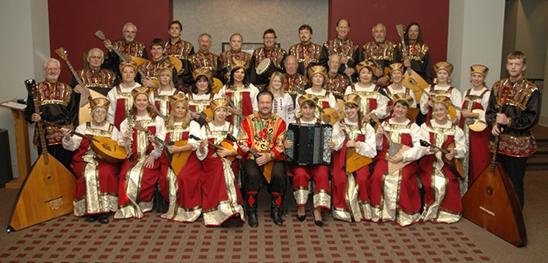The string group is perhaps the most numerous and diverse of all types of musical instruments. It includes instruments very distant from each other, but all of them are united by one essence, concluded in the name itself: all strings have strings. Such butter is butter.
Stringed musical instruments can be divided into several groups according to the principle of sound extraction. Strings can be sounded with a bow, pinch and punch. Let's consider each group in more detail.
Bowed string instruments are the basis of a symphony orchestra. This can be seen even in the number of orchestra students - almost two-thirds of the musicians in the orchestra play the strings. The range of instruments covers any possible pitch of sounds - from the deep bottom of double basses to the treble clefs on the verge of "ultrasound". The sound of strings more than other instruments is closer to the human voice, especially for violins and violas. They can express a variety of emotions, causing the listener to have equally diverse feelings - from tenderness and light to gloom and aggression. Therefore, in
symphonic music, conducting the main themes is most often trusted to the string group.
The first of modern stringed bow instruments appeared violin. And to this day she is considered the "queen" among them. Born in the 15th century, the violin quickly gained popularity throughout Europe. Entire clans of violin masters arose in Italy - Stradivarius, Guarneri, Amati. Their tools are still considered an unrivaled benchmark. Following the violin, other bowed ones were also “born” - viola, cello, double bass. All of them are similar in shape, but differ in size, and, accordingly, the height of the range. The way they are arranged when playing music is also different - musicians put compact violins and violas on their shoulders, put massive cello and double bass vertically on the floor, and the double bass player has to stand all the time during the game, the instrument is so big. Common to the whole family is the principle of sound extraction - with the help of a bow. The sound arises from the vibration of the string, achieved by rubbing it with a grated resin bow. With all the completeness and beauty of the sound, stringed stringed instruments are primarily orchestral. Even solo performances by violinists and violists require “support” (piano or other accompaniment).

The next group is plucked string instruments. For these instruments, the source of sound is the vibrations of the string when it is plucked with a finger or plectrum. The progenitor of the plucked ones was the “singing” bowstring of a hunting bow. The most common plucked instrument is the guitar. The same age as the violin, the guitar has gained immense popularity all over the world. This is a favorite tool not only and not so much for professionals, but also for music lovers. At least the most notorious “three chords” tried to master, perhaps. This group of instruments includes Russian folk (domra, balalaika, gusli). Plucked string instruments are rarely used in symphony orchestras, they are much more popular in folklore groups.
The third method of sound extraction in stringed instruments is to hit the string with a hammer. The most common representative of this group is the piano. This is a unique instrument that is both a shock-keyboard and a string.
The pianist presses the key with his fingers, activating the mechanism that causes the hammer to hit the string. The predecessors of
modern pianoforte were keyboard stringed instruments, the names of which are still widely known: harpsichord and clavichord. Another example of a string percussion instrument is cymbals (when playing on them, the performer himself holds hammers and strikes the strings).